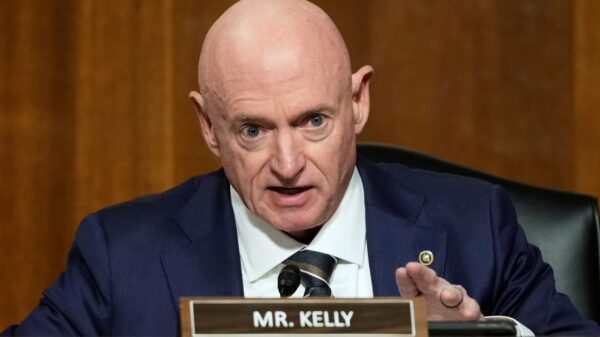Gold prices remain under pressure, trading below the critical psychological barrier of $4,000 during the Asian session on Friday. Despite this downturn, the recent movements in the market suggest a complex interplay of factors that could limit further declines. The precious metal’s performance continues to reflect a negative bias for the second consecutive day, yet there is a noticeable absence of aggressive selling.
The US Dollar has slightly retreated from its highest level in over two months, providing some support for gold. This pullback comes amid ongoing speculation about potential interest rate cuts by the US Federal Reserve and concerns surrounding the US government shutdown, alongside escalating geopolitical tensions. These elements have contributed to gold’s status as a safe-haven asset, which investors often turn to during uncertain times.
Market dynamics have shifted notably in light of political developments. The Federal Reserve has signaled uncertainty regarding future monetary policy, with recent comments from Chair Jerome Powell failing to provide clear guidance. Furthermore, the minutes from the September FOMC meeting indicated persistent inflation concerns, yet traders are pricing in a possibility of two more rate cuts by the end of the year.
The ongoing US government shutdown, which has entered its second week with little progress, adds another layer of complexity. The Senate has repeatedly rejected motions to advance funding bills, and further votes are not anticipated until at least next week. This political stalemate contributes to the cautious sentiment in financial markets, which in turn affects gold prices.
Rising geopolitical tensions also play a significant role in shaping market behavior. Recent reports indicate a large-scale military assault by Russia on Kyiv, which involved ballistic missiles and drone strikes targeting critical infrastructure. This escalation underscores the risks associated with global conflicts, including the ongoing war in Ukraine and the fragile ceasefire between Israel and Hamas.
As gold remains subdued below the $4,000 threshold, traders are advised to exercise caution. The recent breakdown below the 100-hour Simple Moving Average suggests potential exhaustion among bullish investors. There is a need for confirmation through follow-through selling below the recent swing low around the $3,944 region before any significant downward movement can be anticipated. If such a decline occurs, gold prices may test the $3,900 level.
Conversely, any upward movement beyond $4,000 is likely to face resistance near the $4,035 to $4,036 range, with the potential all-time high of $4,059 from earlier in the week still on the radar. Continued buying activity could serve as a catalyst for pushing prices toward the $4,100 mark.
The dual nature of gold as both a commodity and a hedge against inflation makes it an attractive investment during turbulent economic times. Central banks, particularly in emerging economies like China, India, and Turkey, have been increasing their gold reserves, with 1,136 tonnes added in 2022 alone, reflecting a growing trend among nations looking to bolster their financial stability.
As traders navigate these uncertain waters, the interplay between the US Dollar, gold, and geopolitical events remains crucial. The demand for gold as a safe-haven asset is likely to persist, especially as market conditions evolve and new developments arise. Investors will be closely watching the actions of the Federal Reserve and geopolitical developments for further guidance on gold’s trajectory in the coming weeks.








































































